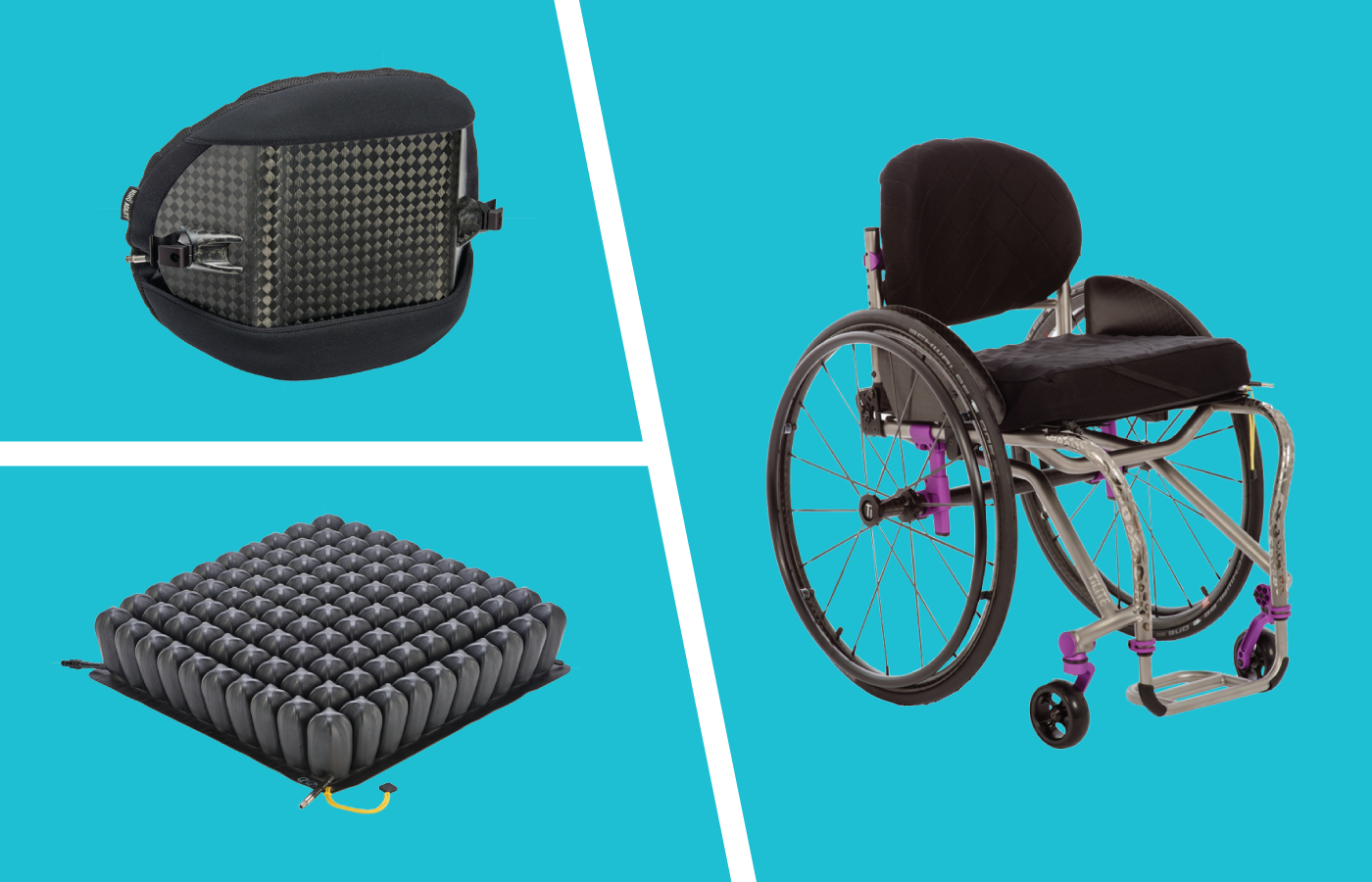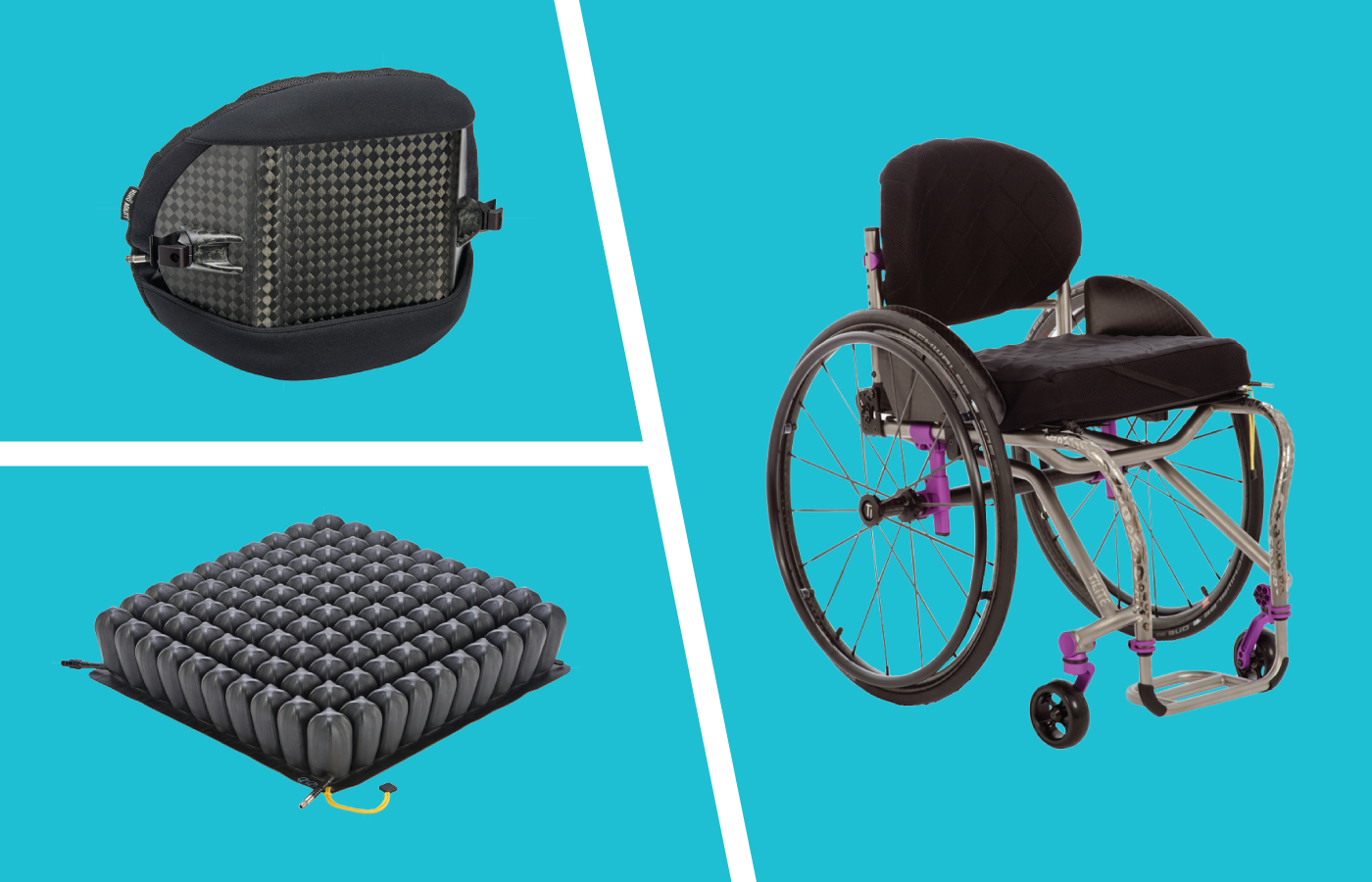Part 1 in our series focusing on wheelchair solutions for Veterans.
We at Permobil love our veterans. We believe they have fought for our freedom, and we are committed to fight for theirs. We do this by developing and manufacturing the most innovative products and technology to allow end users the best quality of life. We want our veterans to KNOW all the available options to help them live their best life, so we have developed this blog series to highlight real life solutions for wheelchair users
Shoulder Pain and Manual Wheelchair Use
Shoulder pain is a far too common problem for manual wheelchair users. Sometimes it can lead to the need for transitioning to power mobility to maintain independence without pain. But it doesn’t have to. Approximately half of manual wheelchair users will experience some type of shoulder pain, and it can be prevented (3). Today, we are going to look at the factors that can help prevent shoulder injury and pain.
1. Get the Right Equipment and the Right Set Up
This might seem obvious, but unfortunately it doesn’t always happen. It’s important to understand that everyone is unique and has individual routines and daily responsibilities. All these need to be taken into consideration when choosing equipment and setting it up. But certain things will always increase the efficiency of a push and minimize the risk of shoulder injury. First, a full-time manual wheelchair user should be provided with a fully customizable wheelchair made of the lightest possible material (3). Next is the configuration of the wheelchair frame. This is key to optimize biomechanics and provide the best possible push stroke. Your wheelchair should be configured to your body and fit like a glove. One of the most important adjustments that needs to be made to achieve this is the axle position. With a high quality ultra-light wheelchair, the axle can be moved forward and back, up and down. For the smoothest roll and the least resistance, your weight should be over the push wheels. You’ll know your weight is over the push wheels if, when reaching down to your side, your middle finger is pointing to the axle. But the height of the seat is also important for an efficient push. If the axle height is too high or too low, you will have to work harder. To check for proper seat height, place your arms down to your side. Your fingertips should extend just past the axle. It’s always important to have your seating therapist look at your position in the wheelchair and watch you push. They can do any additional tweaks based on your individual needs.
 Clockwise from top left: AGILITY CARBON® Series, TRA, ROHO® MID PROFILE™ Sensor Ready® Cushion with Smart Check®
Clockwise from top left: AGILITY CARBON® Series, TRA, ROHO® MID PROFILE™ Sensor Ready® Cushion with Smart Check®
Of course, if we recommend the lightest weight wheelchair possible, then it’s important to consider the weight of the components we put on it! Make sure your seat cushion provides the appropriate amount of support and skin protection based on your needs and ability to weight shift but also that it doesn’t add weight to the wheelchair. Similarly, choose a back support that provides the amount of support you need, which will vary depending on the level of injury. Remember to consider the hardware as it can vary in weight depending on the manufacturer.
2. Exercise

What now?
Now that we’ve looked at the issue of shoulder pain with manual wheelchair use, what can we do about it? Permobil has a comprehensive range of products that can optimize your push efficiency. Check out these different combinations to see if there is something that can help you maximize your independence in your manual chair and prevent unwanted shoulder pain!
1. Morrow, M., Van Straaten, M., Murthy, N., Braman, J., Zanella, E., & Zhao, K. (2014). Detailed Shoulder MRI Findings in Manual Wheelchair Users with Shoulder Pain. Biomed Research International, Volume 2014(Article ID 769649), 7 pages.
2. Cratsenberg KA, e. (2015). Effectiveness of Exercise Programs for Management of Shoulder Pain in Manual Wheelchair Users With Spinal Cord Injury. - PubMed - NCBI. Retrieved from https://www.ncbi.nlm.nih.gov/pubmed/26308939
3.Preservation of Upper Limb Function: A Guide for People with Spinal Cord Injury. (2008). Retrieved from https://www.rstce.pitt.edu/RSTCE_Resources/RSTCE_Res_Doc/CPG_Limb_Injury.pdf

Stacey Mullis, OTR/ATP
Director of Clinical Marketing
Stacey is Director of Clinical Marketing. She graduated from Western University in London, Ontario, Canada with a BA Linguistics and BSc Occupational Therapy and has practiced as an OTR for over 20 years. With experience in pediatrics, inpatient/outpatient rehabilitation, long term care, and home health, Stacey has faced the challenges first hand of providing appropriate seating in various clinical settings. This led her to pursue an apprenticeship at Care Partners Seating Clinic in Asheville, NC to advance her skills, and she obtained her ATP certification in 2012. Mullis is a member of the NCOTA, CTF, NRRTs, RESNA, and AOTA.
